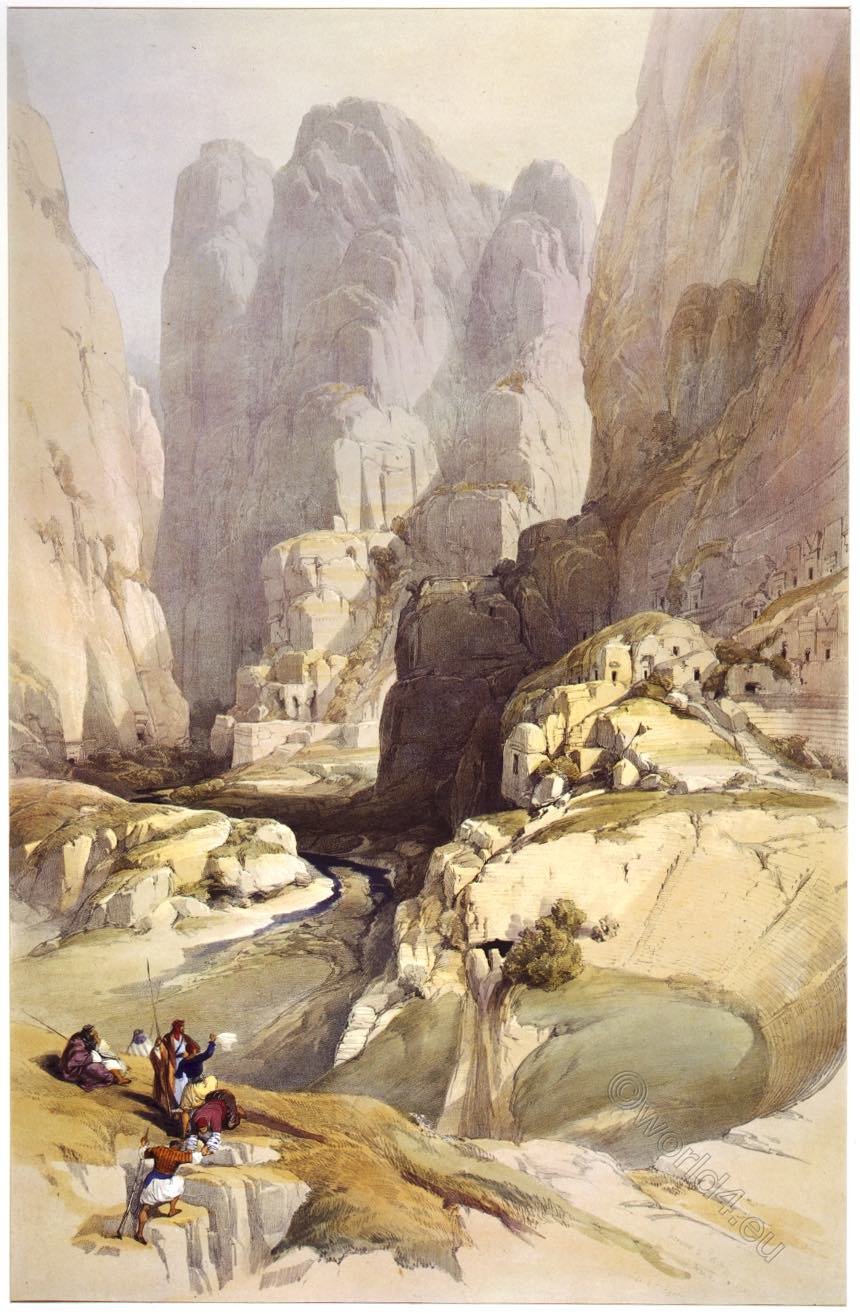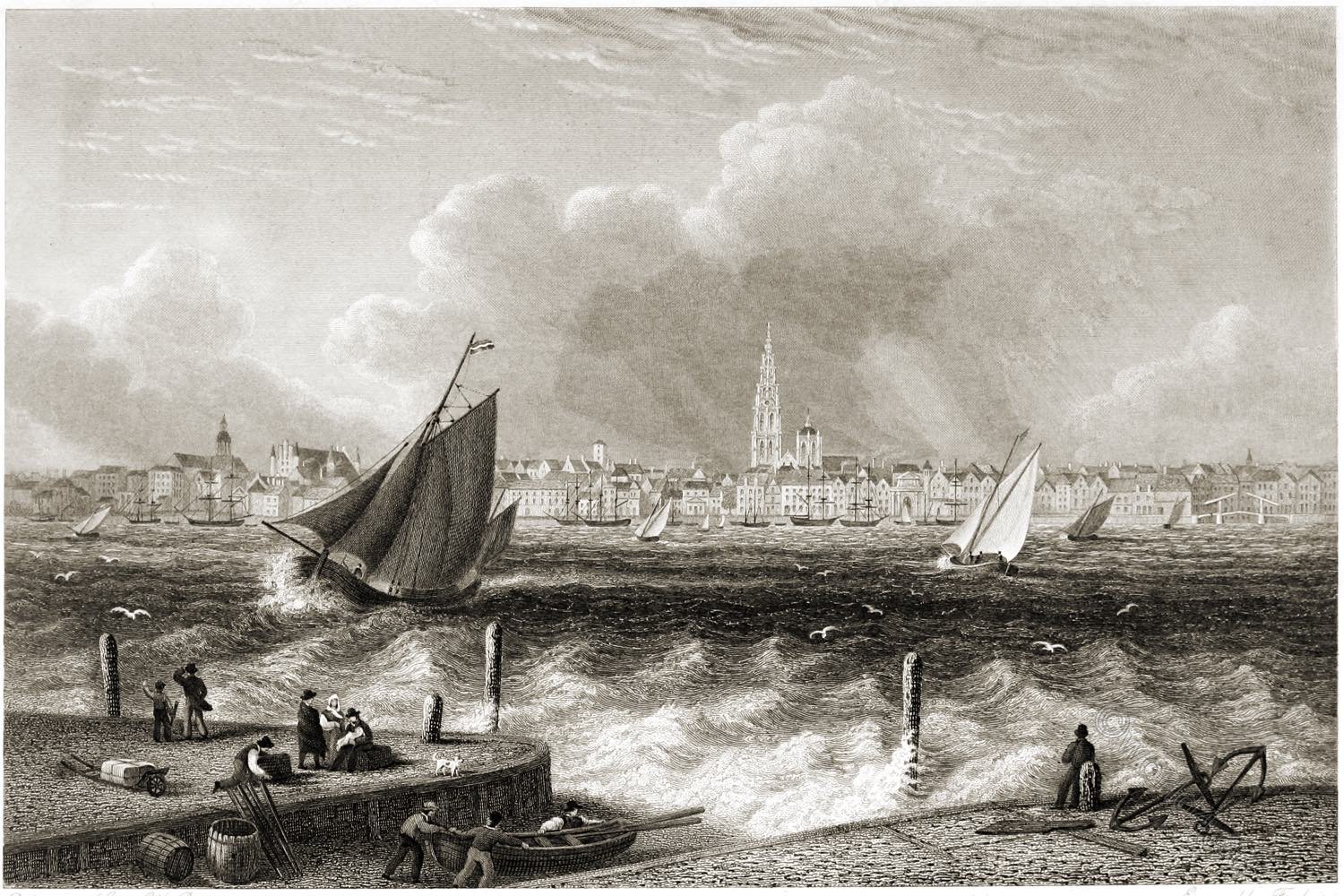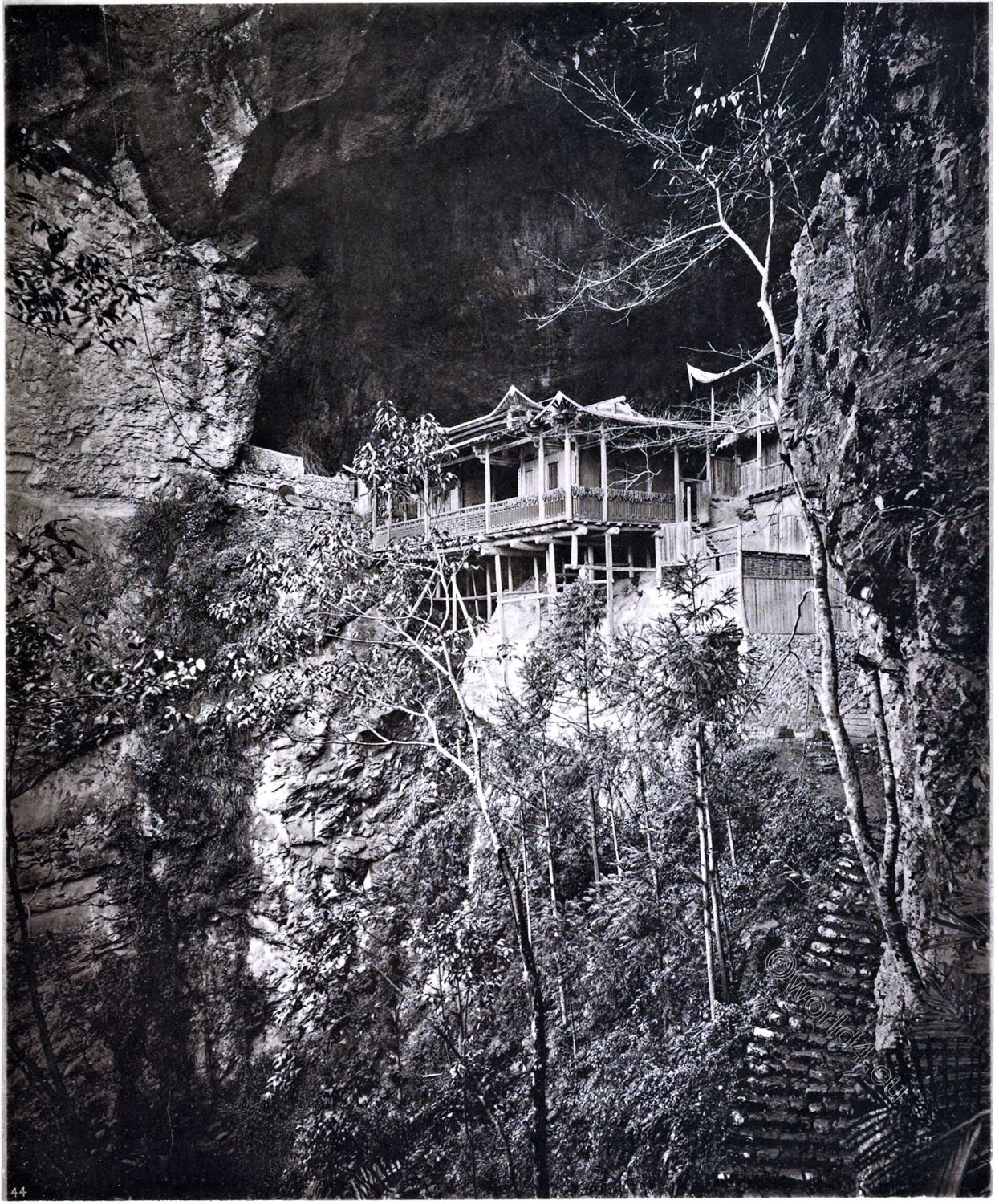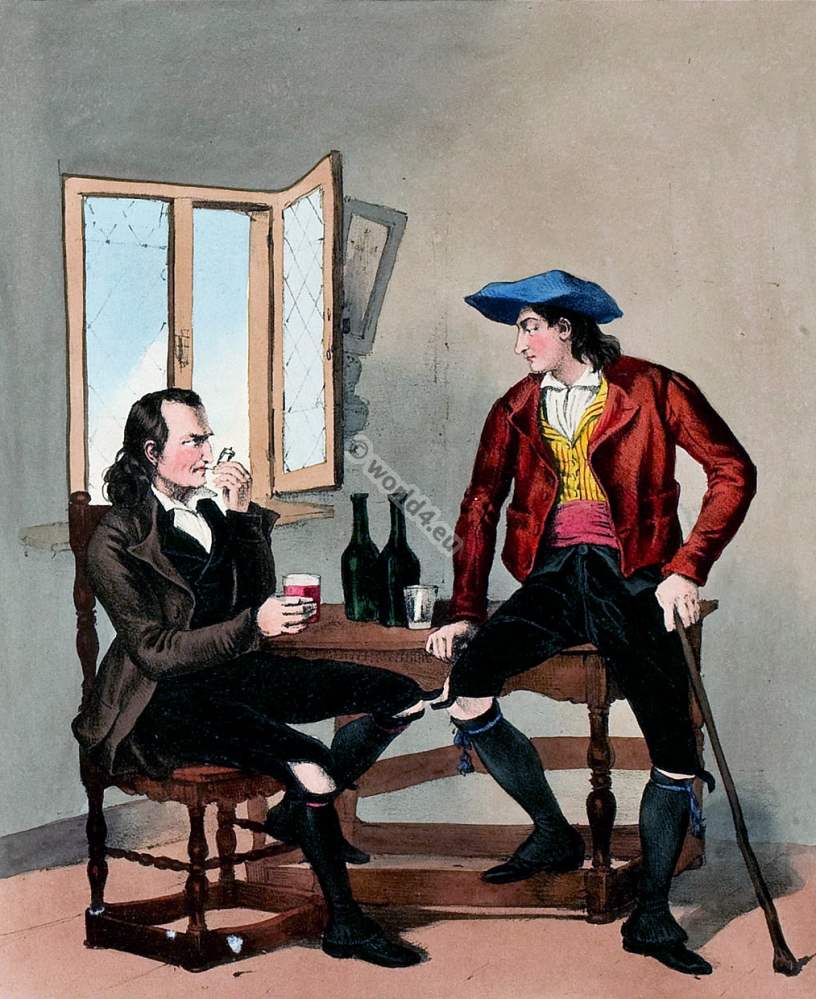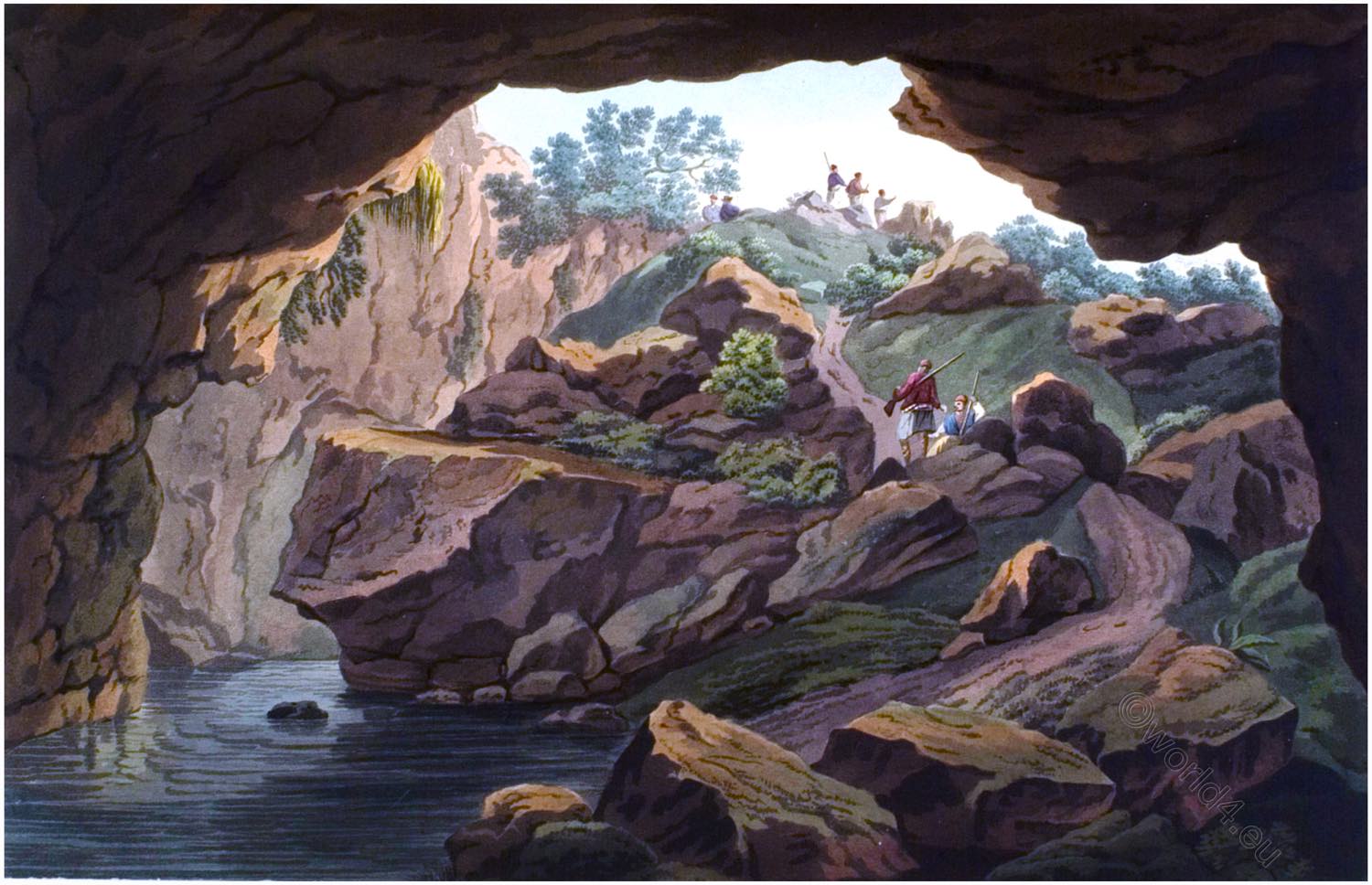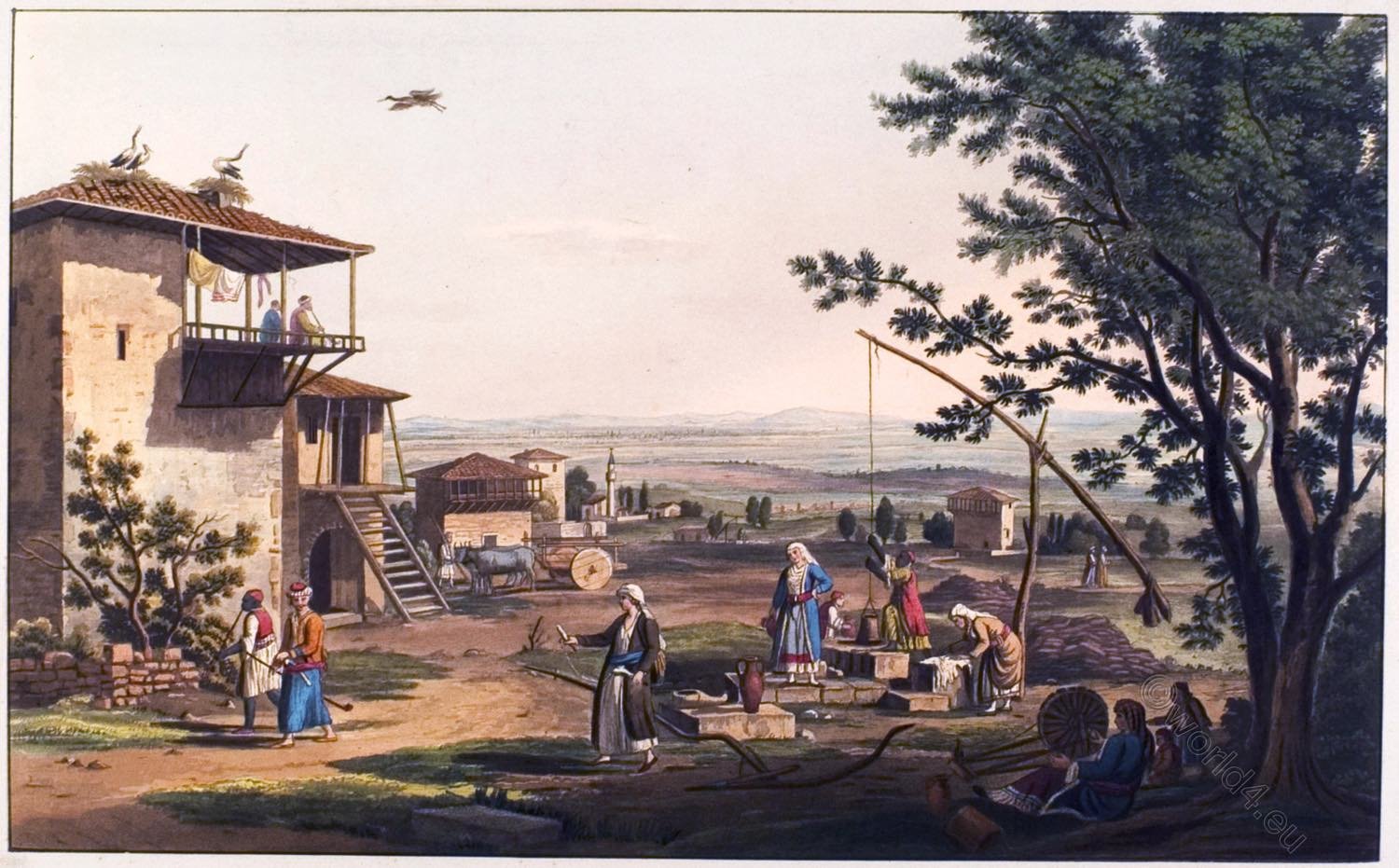
The regional district of Larisa is the largest of the five regional districts of the Greek region of Thessaly. Its capital Larisa is also the capital of the region. Larisa was established as a prefecture after the annexation of Thessaly to Greece in 1882 and existed until the administrative reform in 2010
LARISSA.
THE view here given was taken from the village of Nikali, which is one hour, or about three miles from Larissa, the ancient and modern capital of Thessaly. Its minarets and cypresses are distinguished in the distance. It stands in the rich Pelasgic plain that still teems with the same exuberant fertility for which it was formerly celebrated. Small and scattered villages have replaced the crowded population of its ancient cities.
Larissa is an archiepiscopal See; but the Greeks constitute only a small part of 20,000 inhabitants, which the town is supposed to contain. Of this number the great majority are Mohammedans, who possess twenty-six mosques, some of which are on a large scale, and enriched with a variety of ancient marbles found amongst the ruins of the city.
The Peneios flows through Larissa in a broad and placid stream, and after fertilising the adjacent territory, glides through the Yale of Tempe between Olympos and Ossa, when it enters the sea, after maeandering across the Pierian plain. The distant mountains, which separate the Thessalian plain from the Macedonian territory, are ramifications from Olympos.
The nearer objects in the picture are those in the village of Nikali, where the principal house is the pyrgos, or tower, in which the agha is represented smoking. The roof of the house is frequented by storks, who have occupied it with their nests. Some implements of husbandry are delineated in the foreground. The solid wheels which are attached to the cart are the tympana of the ancients. 1)
Near the well a heap of bricks is baking in the sun. The nearest figure is occupied in spinning.
1) Virgil. (Scor. b. 2. v. 444.
Source: Views in Greece. Drawings by Edward Dodwell. Rod Well and Martin, London, 1821.
Continuing

